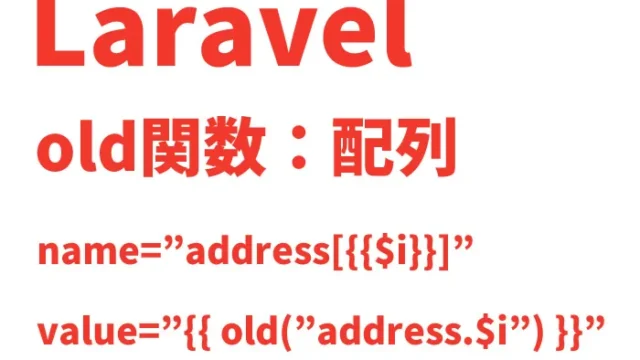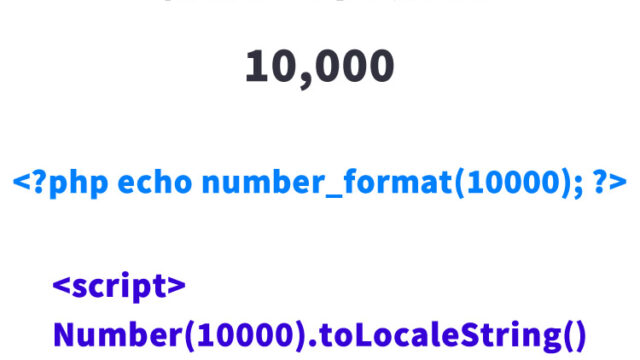PHP: Creating and Using a Custom Function to Easily Extract Specific Parts of a String

PHP is a widely used server-side scripting language for data processing and web development. It’s used for generating dynamic web page content, interacting with databases, and more. Particularly in string processing, PHP offers numerous built-in functions, which many developers leverage in their coding. In this article, we’ll explore the creation of a custom function to extract the characters between specified start and end strings, providing an insight into string processing in PHP.
Basics and Necessity of String Processing
String processing is a routine task in web development. Especially in web scraping or fetching data from APIs, it’s essential to extract specific information from the obtained HTML or JSON. PHP includes many functions related to string processing, such as substr, strstr, and strpos. However, sometimes it’s necessary to create custom functions tailored to specific purposes to improve coding efficiency.
Creating a Custom Function
Below is the code snippet demonstrating the custom function named html_cut_syutoku.
<?php
$html_buf="abcdefghijklmn";
$start_buf="cde";
$end_buf="lm";
//Call the function to get the string between specific substrings
$re_mozi = html_cut_syutoku($html_buf,$start_buf,$end_buf,0);
print $re_mozi;
// $html_buf:The target string
// $start_buf:The start substring
// $end_buf:The end substring
// $int_positon_cnt:The starting position within the target string
function html_cut_syutoku($html_buf, $start_buf, $end_buf, $int_positon_cnt){
if(strstr($html_buf, $start_buf)){
$srt_position = strpos($html_buf, $start_buf, $int_positon_cnt);
$srt_position = $srt_position + strlen($start_buf);
$end_position = strpos($html_buf, $end_buf, $srt_position);
$result_buf = substr($html_buf, $srt_position, $end_position-$srt_position);
}else{
$result_buf = "";
}
return $result_buf;
}
?>
This function takes the following parameters:
- $html_buf:The target string
- $start_buf:The start substring
- $end_buf:The end substring
- $int_positon_cnt:The position to start the search from
It searches and returns the string between the specified start and end substrings.
Example Usage and Result
Example:
$html_buf = "abcdefghijklmn";
$start_buf = "cde";
$end_buf = "lm";
$re_mozi = html_cut_syutoku($html_buf, $start_buf, $end_buf, 0);
print $re_mozi;
Result:
cdefghijklm
This function combines the use of strstr, strpos, and substr internally, covering basic operations for extracting and searching parts of a string. It wasn’t readily available, so I combined string search (strstr, strpos) and string splitting (strpos) functions to create it.
GitHub Link: html_cut_syutoku (Function to Extract Characters Between Strings)
For more detailed code and usage, please check the GitHub link below.
GitHub Link:html_cut_syutoku (Function to Extract Characters Between Strings)
Conclusion and Outlook
This article introduced the creation of a custom function in PHP for extracting specific substrings. Though concise, this function serves as a concrete coding example that can help developers solve various string processing issues they may encounter.
String processing is essential in web development and data analysis for tasks like data cleaning, extraction, and transformation. PHP helps efficiently handle these tasks with its powerful built-in functions. For further application, there’s much room for exploration, such as advanced string processing using regular expressions or handling multi-byte characters.
PHP will continue to be useful in various scenarios, from information extraction to data formatting. Future articles will cover more advanced string operations and integration with other programming languages.
Please use this information at your own risk.





